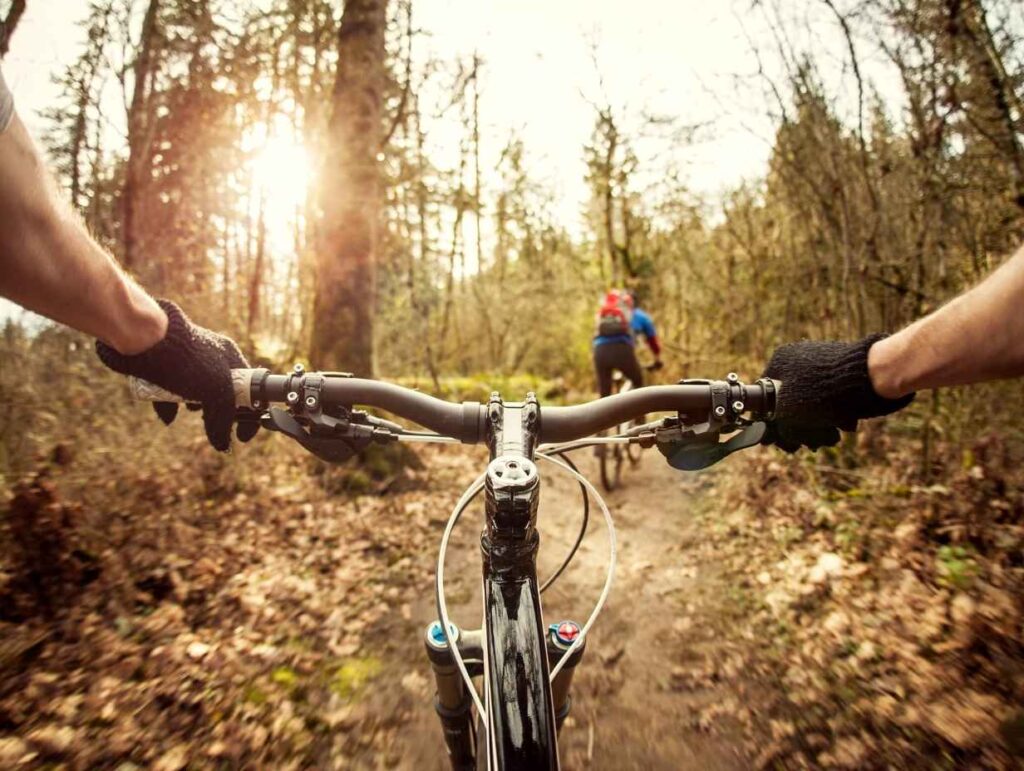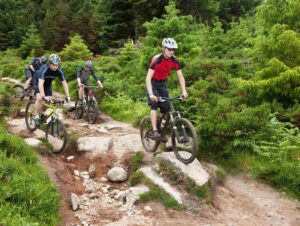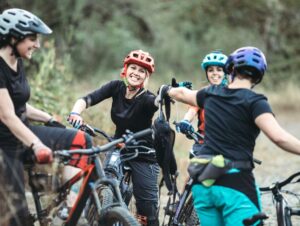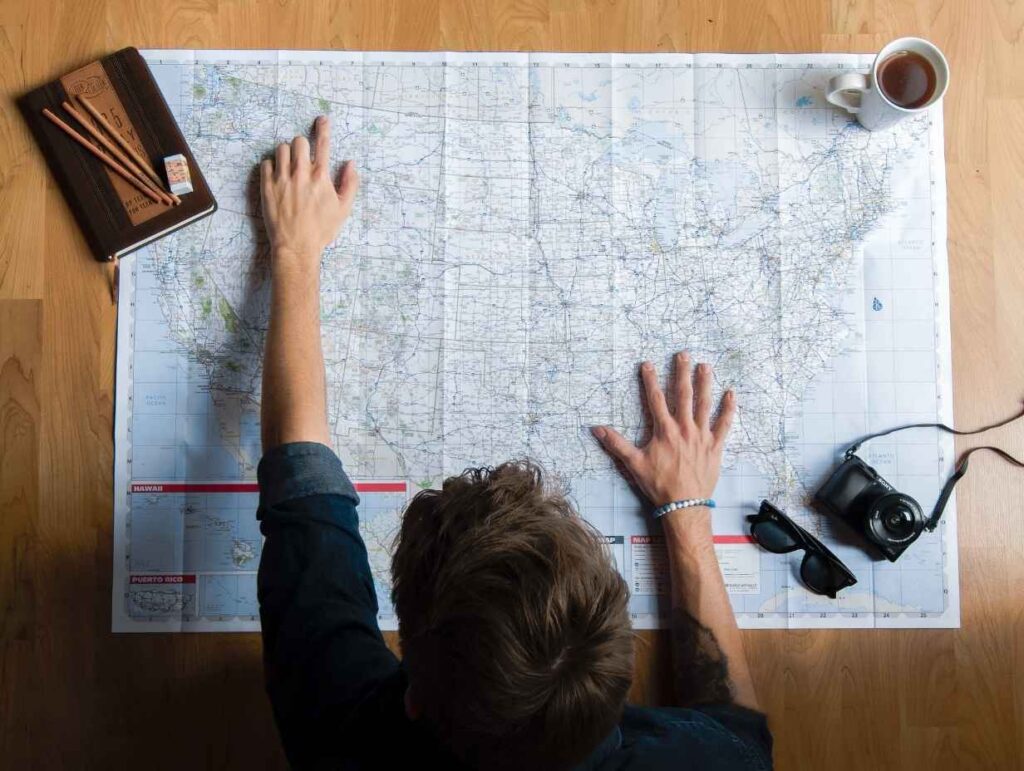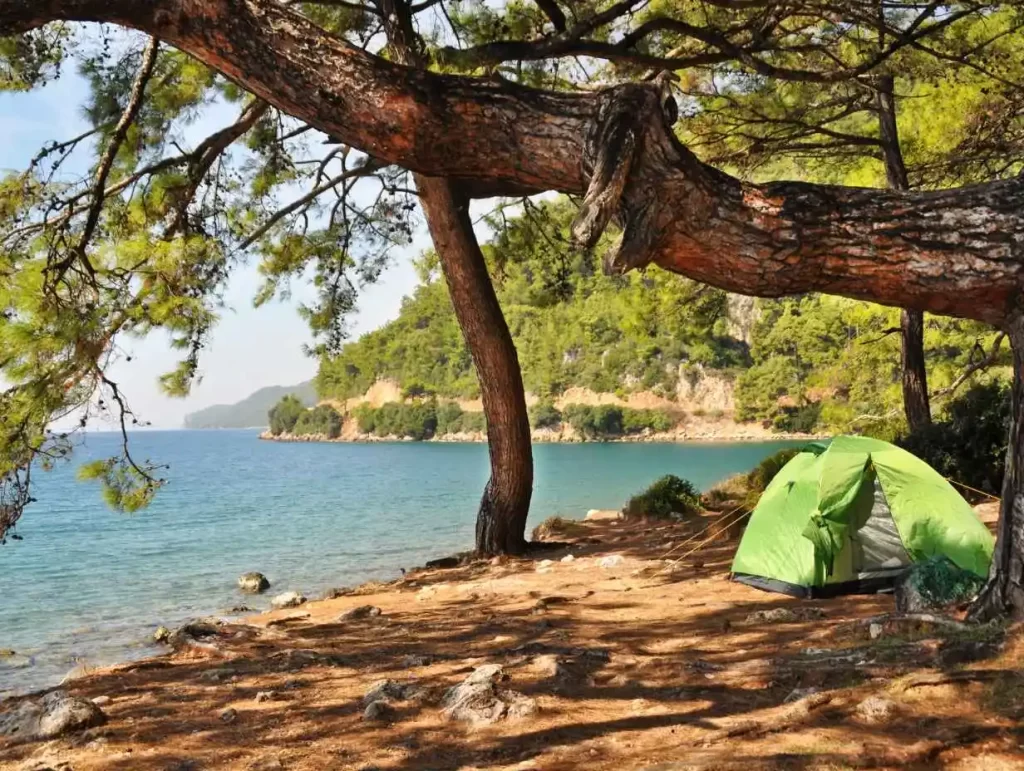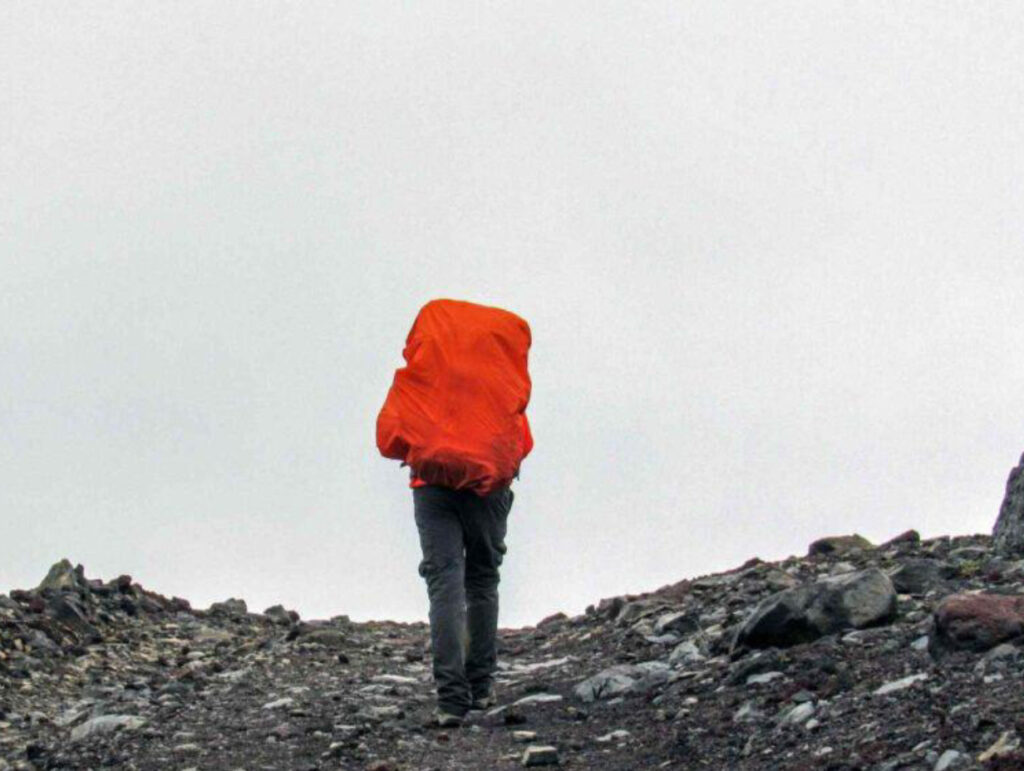Mountain Biking Guide & Tips for Beginners [2025 Edition]
Start Your Mountain Biking Journey Here: What You’ll Learn
Choose the Perfect Mountain Bike for Your Adventures
The right bike makes all the difference in your mountain biking journey. Types of mountain bikes vary based on your style of mountain biking goals.
Hardtail mountain bikes offer a perfect starting point, with their simple design and lower maintenance needs. These bikes have front suspension only, with a front fork that absorbs trail bumps while keeping the back rigid for better power transfer.
Full-suspension mountain bikes come into play when you’re ready to tackle rougher terrain. They excel in absorbing impacts from both ends, making them ideal for tackling that first rock garden. However, they cost more and need extra maintenance.
Wheel size matters more than you might think. The debate between 27.5″ and 29″ wheels isn’t just technical talk – it affects how your bike handles.
Larger 29″ wheels roll over obstacles more easily and maintain momentum better, perfect for cross country mountain biking. The 27.5″ option offers more agility and suits shorter riders better.
Essential Gear: What You Need to Stay Safe and Have Fun
Safety comes first with mountain bike gear. A well-fitted helmet is non-negotiable – look for models with extended rear coverage for better protection.
Knee and elbow pads might feel excessive at first, but they’re worth their weight when navigating tricky sections.
Mountain bike shorts seem pricey, but they’re designed for a reason.
Their padded liner prevents discomfort on long rides, while tough outer material stands up to brambles and crashes. Pair them with moisture-wicking tops for comfort in all weather.
Your repair kit should include:
- Multi-tool with chain breaker
- Spare tube (even with tubeless tyres)
- Mini pump
- Tyre levers
- Quick link for chain repairs
Master Basic Skills: From Balance to Braking
Set Up Your Bike for Maximum Performance
Proper setup transforms a good bike into your perfect riding partner. Start with saddle height – when pedalling, your leg should be almost straight at the bottom of the stroke, with a slight bend in the knee.
Tyre pressure makes a huge difference in grip and comfort. For enduro mountain biking, lower pressures (around 25psi) provide better traction, while cross-country requires higher pressures for speed. Check pressure before every ride – it’s amazing how many problems proper tyre pressure solves.
Core Skills That’ll Keep You Rolling
Your type of riding will influence your technique. Fast-flowing trails demand different skills than technical rocky sections. The key is matching your riding style to the terrain while maintaining the attack position.
The ‘attack position’ forms the foundation of all mountain biking skills. Stand on level pedals with knees and elbows bent, looking ahead down the trail. This position lets you react quickly to obstacles and maintain better control.
Braking technique often surprises beginner mountain bikers. Use both brakes together, with more emphasis on the front for maximum stopping power. Counter-intuitive as it seems, the front brake provides about 70% of your stopping power when used correctly.
Gear shifting requires anticipation. Shift before you need to, especially when approaching hills. Nothing kills momentum like trying to shift under pressure on a steep climb.
Know Your Trails: Finding the Right Challenge
Understanding Trail Grades
Beginner-friendly trails usually carry green or blue ratings. Green trails offer smooth surfaces with gentle gradients – perfect for mastering basic skills. Blue trails introduce small obstacles and slightly steeper sections, helping you progress naturally.
Red trails step up the challenge with technical features and steeper terrain. They’re a goal to work toward, not a starting point. Black trails demand advanced skills and full commitment—save these for later in your journey.
Stay Safe and Show Respect: Essential Trail Rules
Common mountain bike etiquette keeps everyone safe and happy. Uphill riders have the right of way – they need momentum more than you do. When overtaking, call out clearly and pass when safe. A friendly “thank you” goes a long way in building the trail community spirit.
Preventing Problems: Safety Checks That Save Lives
Safety Tips
Pre-ride checks prevent most accidents. Test your brakes before setting off. Ensure quick-release levers are tight. Check for loose bolts – they can work free over time.
Weather affects trails dramatically. Wet roots become incredibly slippery. Dry conditions can make surfaces loose and dusty. Adjust your riding style accordingly and never be afraid to walk sections that feel beyond your skill level.
Keep Your Bike Happy: Simple Maintenance Tips
Clean your bike after muddy rides – grit destroys moving parts quickly. Lubricate your chain weekly or after wet rides. Check brake pads monthly for wear. These simple habits prevent expensive repairs and unsafe conditions.
Getting Started with Trails
Find Your Perfect Trails: Where to Ride
Mountain bike trails exist everywhere, often closer than you think.
When you first start riding mountain bikes, local trail centres offer the perfect introduction. They provide marked routes, clear signage, and often have facilities like bike wash stations and cafes.
Local bike shops usually know the best spots and many run group rides for beginners.
Trail apps like Trailforks or Komoot in Europe, show routes with difficulty ratings and recent conditions. They’re invaluable for finding suitable trails and tracking your progress.
Plan Your First Ride: Set Yourself Up for Success
Start small and build confidence gradually. Choose trails well within your ability level. Pack snacks and more water than you think you’ll need. A mobile phone and a basic first aid kit are essential items for every ride.
Remember: every skilled rider started as a beginner. Focus on having fun rather than comparing yourself to others. Progress comes naturally with regular riding and a positive attitude.
Ready to Ride? Here’s Your Next Step
The trails are calling, and now you’ve got the knowledge to answer.
Whether you’re eyeing those beginner-friendly green routes or dreaming of tackling more challenging terrain, remember that every experienced rider started exactly where you are now.
Your first step?
Visit your local bike shop this weekend. Get fitted for a bike, chat with the staff, and connect with the riding community. They’ll point you toward perfect starter trails and might even invite you on a group ride.
You’ve got the guide, you know the gear, and you understand the basics. All that’s left is to get out there and feel the rush of your tyres hitting the dirt.
Take that first step, embrace the learning curve, and discover the joy of mountain biking. The trails are waiting – it’s time to ride!
Your Mountain Biking Questions Answered: Expert Tips & Honest Advice
Is Mountain Biking Hard for Beginners?
Starting mountain biking isn’t as tough as you might think. Like any sport, you’ll start with basics and progress at your own pace.
Green trails offer gentle gradients and smooth surfaces – perfect for building confidence. With proper guidance and the right bike, most beginners master basic skills within their first few rides.
Is Mountain Biking a Good Workout?
Mountain biking delivers an exceptional full-body workout. You’ll burn 400-800 calories per hour while building leg strength, core stability, and cardiovascular fitness.
The varied terrain keeps your body guessing, engaging different muscle groups as you tackle climbs, descents, and technical sections.
Is MTB an Expensive Hobby?
The initial investment varies greatly. A quality entry-level hardtail starts around £500, with basic gear adding another £200-300.
While high-end bikes can cost thousands, you don’t need premium equipment to start. Many riders begin with second-hand bikes and add gear gradually as they progress.
What Should I Wear First Time Mountain Biking?
Keep it simple but suitable. Essential items include:
- A well-fitted helmet
- Padded cycling shorts
- Breathable top
- Sturdy trainers
- Cycling gloves Skip expensive gear until you’re sure about the sport.
Is Mountain Biking Hard on Joints?
Mountain biking actually offers a low-impact workout compared to running. Modern bike suspension absorbs trail shocks, protecting your joints. Proper bike fit and technique further reduce strain. Still, start gradually and listen to your body as you build strength.
What Are the Disadvantages of Mountain Biking?
The main challenges include:
- Initial equipment cost
- Weather dependence
- Trail access may require travel
- Risk of falls and scrapes
- Regular bike maintenance needs However, most riders find these minor compared to the sport’s benefits.
Is Mountain Biking Better Than Jogging?
Each offers unique benefits. Mountain biking provides lower-impact cardio, builds whole-body strength, and often feels more adventurous than jogging. It’s particularly good for those with joint issues or who prefer varied workouts. Plus, you cover more ground and see more trails.
Can You Ride a Mountain Bike on Pavement UK?
Absolutely! Mountain bikes handle UK roads and cycle paths perfectly well. While they’re not as fast as road bikes, their sturdy build and upright position make them comfortable for commuting and leisure rides. Just adjust tyre pressure higher for pavement use.
Is Mountain Biking Cheap?
Mountain biking can be as affordable as you make it. Start with essentials and build up gradually. Many costs are one-off investments, and free trails mean ongoing expenses stay low. Local clubs often share knowledge and sometimes even gear.
How Much Do Mountain Bike Lessons Cost?
Group lessons typically range from £30-£60 for a half-day session. Individual coaching costs £50-£100 per hour. While not cheap, proper instruction fast-tracks your progress and helps avoid costly mistakes. Many centres offer beginner packages including bike hire.

